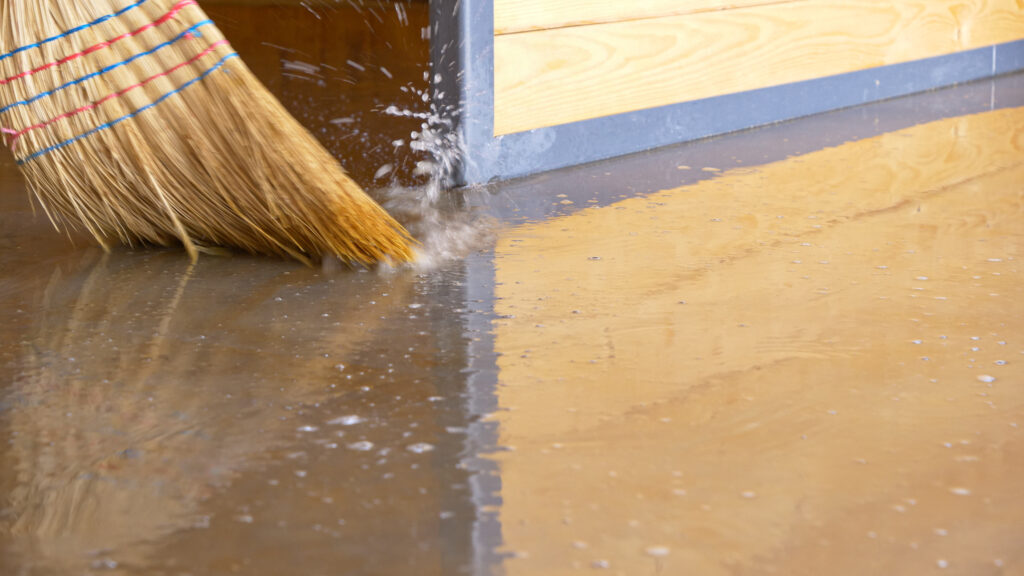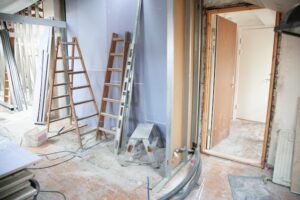
Whether your basement serves as a cozy nook or simply extra storage space, the last thing you want is to find it submerged in water. Basement flooding is a common issue that can cause serious damage to your home and possessions. Luckily, understanding the causes can help you take the necessary steps to prevent such disasters. In this blog post, we’ll explore the top causes of basement flooding and arm you with practical tips to keep your basement dry and safe.
Rainfall
Basement flooding can happen for a variety of reasons, but one of the most common culprits is heavy rainfall combined with poor drainage systems. When rain pours down relentlessly, water accumulates around your home’s foundation. Without proper drainage, like gutters and downspouts directing water away from your home, this excess water can seep into your basement through cracks or porous concrete walls. To combat this, ensure that your gutters are clean and functioning properly; they should be channeling rainwater at least three feet away from your foundation.
Sump Pumps
Another frequent cause is the failure of sump pumps, which are designed to remove accumulated water from basements or crawl spaces. A malfunctioning sump pump during a storm can turn a manageable situation into a watery nightmare. Regular maintenance checks are crucial here—test your sump pump periodically by pouring a bucket of water into its pit to ensure it kicks on automatically. If you notice problems with your sump pump, it is highly recommended to reach out to a local plumbing service that specializes in maintenance services of a sump pump, like those at Santucci Plumbing. Additionally, consider investing in a backup power source for your sump pump so it continues working even during power outages.
Cracks
Cracks in your foundation or walls are another potential weak point where water can sneak into your basement. Over time, houses settle, and tiny cracks may develop naturally; however, if left unattended, these small openings can expand and let unwanted moisture inside. Regularly inspect the interior and exterior walls of your basement for any signs of cracking or deterioration. Applying waterproof sealant or hiring professionals for more extensive repairs can fortify these weak spots against leaks.
Water Heater
Sometimes, a water heater can unexpectedly become a source of flooding in your basement. This can happen due to a variety of reasons, such as a faulty pressure relief valve, corrosion, or a cracked tank. Over time, sediment can build up at the bottom of the tank, causing it to overheat and potentially fail. When your water heater leaks, it can lead to significant water accumulation on the floor, which, if not managed quickly, may cause extensive damage to your basement. Regularly inspecting your water heater for signs of rust, strange noises, or water pooling around the base can help catch issues early. If you suspect your water heater is leaking, reaching out to a professional, like those at C & C Mechanical Plumbing & Drain Cleaning, for maintenance or replacement can prevent a small inconvenience from becoming a big problem.
Drainage Systems
Lastly, don’t underestimate the impact of clogged or outdated drainage systems within older homes that might not be equipped with modern preventative features like perimeter drains (also known as French drains). These underground piping systems collect groundwater before it reaches surface level near foundations—a critical line of defense against flooding! If you’re living in an older home without such systems installed yet experiencing frequent moisture issues below ground level after rains—consider consulting experts about upgrading existing infrastructure accordingly.
Preventing basement flooding begins with awareness about what causes it—and taking proactive measures based on those insights! From maintaining effective drainage solutions outside via clean gutters & appropriate grading through regular inspection/maintenance routines targeting potential vulnerabilities inside, like cracked foundations—to upgrading internal plumbing infrastructure when needed—all play pivotal roles in ensuring dryness downstairs year-round! By following these guidelines shared throughout our discussion today—you stand better prepared to keep pesky floods out while safeguarding investments made above ground, too!


